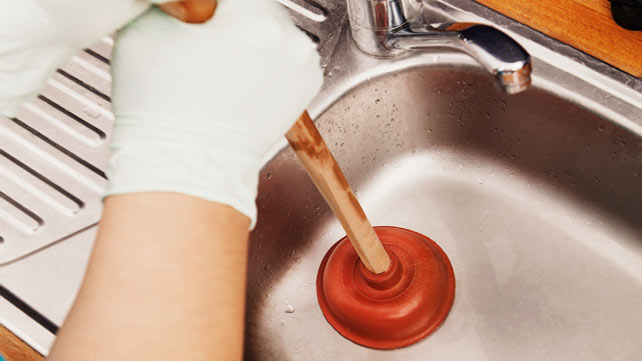Having a house is not enough; maintain it is very much necessary. The drain lines of water that carries sewage, gray water and other such things needs to be cleaned from time to time. This can contribute to a healthy living environment. What is a common mistake is that most of the people do not care for cleaning them until something is wrong. But that becomes too late because the bacteria filled dirty water gets absorbed by the floors, wall, rendering to the possible damages.

What you can do?
To keep the drains clean and out of such troubles you need to put a regular check on the pipes, and clear the clogs as soon as possible. Let us explain it in a brief detail.
Check the pipes
Checking your pipes is a part of home improvement. This can help to keep the environment fresh and healthy for the people staying in the houses. If you are taking care and keeping a track of the pipes that you can be sure it won’t bother you with sudden and unexpected repairs.
Most of the pipes that you are having in your house lead to the septic tank or the city’s sewer connection carrying waste water. Thus, it is important to keep them clean. If the lines are clean then water will pass through them very easily. Otherwise the clogs formed by hair, food, soap scum, grease will block the drains.
You can call a plumber when you see the drainage slows down. They keep tools and chemicals that can clear out the drain easily without damaging the pipes.
Catch the clogs
Prevent serious clogs and dirt from your drain lines to ensure proper home maintenance. The sooner you catch a clog it will be the better. Else the clog can cause dirty water flooding your home and damaging the walls and floors.
Such kind of floods is not covered by the home insurance policy so that you can get some help in maintenance. Thus, taking the professional aid would be the best idea that you can have.
What are the advantages of proper maintenance?
Preventative maintenance like cleaning of sink, shower, and bathtubs, yearly is necessary and should be done to help improve in many ways. They are-
• Clogging can be reduced by regular cleaning.
• There will be less breeding of the bacteria’s.
• The lines will not be blocked by roots of trees.
